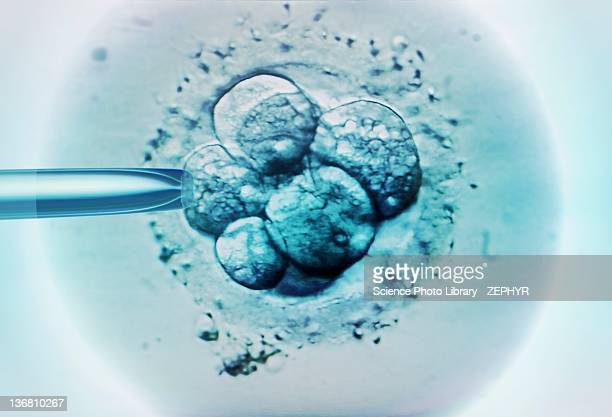In a groundbreaking IVF procedure, the first UK baby created with DNA from three people has been born. The technique, known as mitochondrial donation treatment (MDT) or mitochondrial replacement therapy (MRT), aims to prevent the inheritance of incurable diseases. The procedure involves using healthy female donors’ egg tissue to create IVF embryos that are free from harmful mutations carried by the mothers. By combining the biological parents’ sperm and egg with mitochondria from the donor’s egg, the resulting baby inherits a small amount of genetic material from the donor.
Although commonly referred to as “three-parent babies,” over 99.8% of the DNA comes from the biological parents.The Newcastle Fertility Centre pioneered research on MDT in the UK to assist women with mitochondrial mutations in having healthy children. Harmful mutations in mitochondria can cause severe, progressive, and often fatal diseases that affect energy-demanding tissues in the body.
Natural conception for affected women can be risky, as the amount of mutated mitochondria inherited by the child varies. The UK Parliament changed the law in 2015 to permit MDT, and the Newcastle clinic became the first licensed national center to perform the procedure.While the Newcastle clinic has not disclosed specific details about births resulting from its MDT program, the UK’s Human Fertilisation and Embryology Authority (HFEA) confirmed that a small number of babies have been born in the UK through MDT. The pandemic significantly delayed the treatment program, discouraging some donors and affecting couples seeking therapy.The MDT process involves fertilizing eggs from the affected mother and a healthy female donor with the father’s sperm. The nuclear genetic material from the donor’s egg replaces that of the couple’s fertilized egg, resulting in an egg with the parents’ chromosomes and the donor’s healthy mitochondria. The embryo is then implanted in the mother’s womb. However, the procedure is not without risks, as the transmission of abnormal mitochondria from the mother’s egg to the donor egg can lead to diseases in the child.Although other countries have previously created babies through MDT, the UK has taken significant steps in regulating and approving the procedure. Long-term follow-up and further research are essential to assess the safety and efficacy of MDT. It is important to approach the technology with care, respect the privacy of children born through MDT, and ensure proper regulation and assessment of its use.


